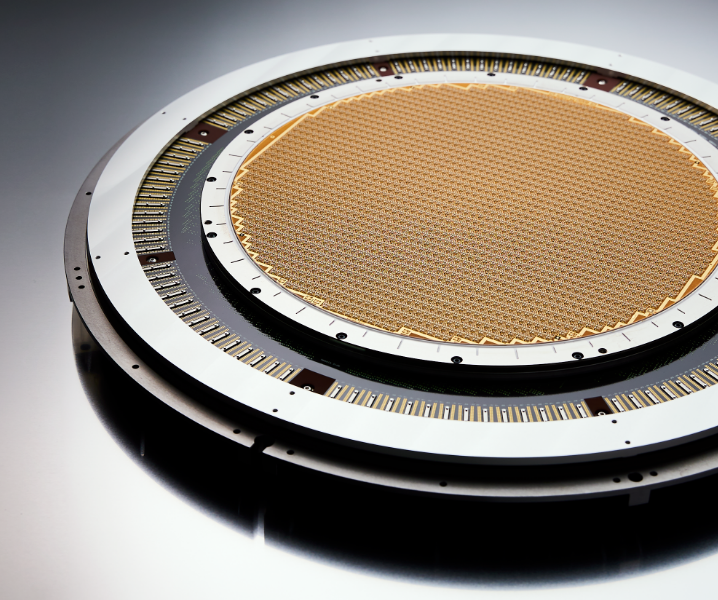History

Since the 1970s, we have been supporting the economy and people's lives through innovative technology.
The following is an introduction to the history of MJC, from its founding to the present day.
1970s: Tackled the challenges of measurement technologies and ultrafine process technologies
MJC began with just three employees providing electronic equipment maintenance services. Soon the company focused on semiconductor testing and precision measurement, and began product development using electronic measurement technologies and ultrafine process technologies. Japanese technologies helped MJC develop and launch the first probe cards and manual wafer probers.




- Establishes Towa Electric in Tokyo's Meguro Ward to provide maintenance services for synchroscopes, facsimiles, industrial semiconductors and vacuum test systems.
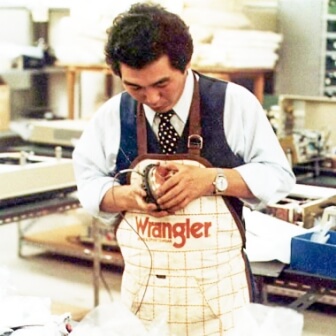




- Relocates the head office to Musashino City, Tokyo.
Begins R&D on semiconductor equipment.





- Begins developing and marketing semiconductor testing systems and precision measuring units.
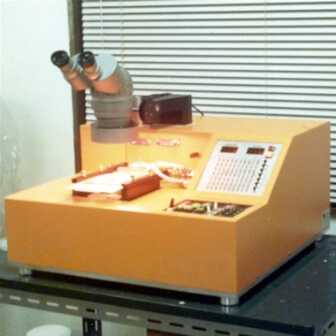




- Changes its name to MICRONICS JAPAN CO., LTD. (MJC).




- Develops its first probe card.
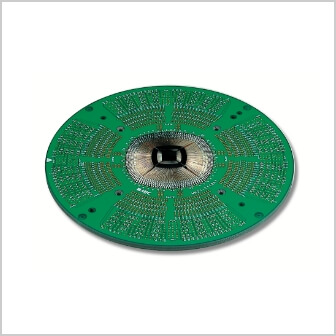




- Completes its first manual prober.
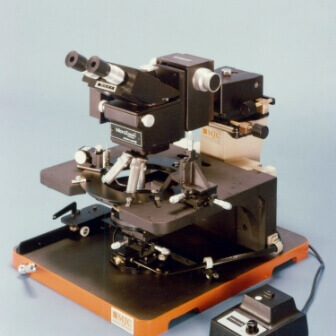
1980s: Established probing technologies
MJC opened a probe card production base in Aomori, Oita and Kumamoto prefectures that formed the foundation for its success as a probe card manufacturer. Utilizing probing technologies in semiconductors, MJC created and launched testing equipment for liquid crystal displays (LCDs) that would become a world standard.




- Opens the Hiraka Factory in Hiraka Town (now Hirakawa City), Aomori Prefecture.




- Opens the Oita Sales Office in Oita City.
- Opens the New Hiraka Factory (now the Aomori Factory) in Hiraka Town (now Hirakawa City), Minamitsugaru District, Aomori Prefecture.
- Opens the Aomori Sales Office.
- Opens the Oita Factory in Oita City.
- Completes its first LCD testing system.
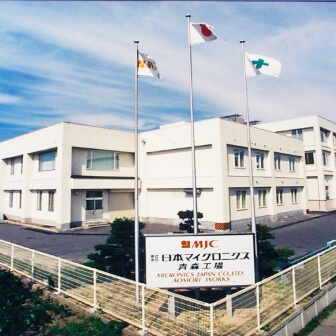
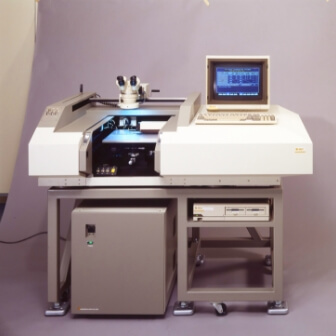




- Opens the Kumamoto Sales Office in Kumamoto City (integrated with the Oita Technology Laboratory in December 2020).




- Opens the Kumamoto Factory in Kumamoto City.




- Opens an R&D center in Tokyo's Mitaka City as a hub for R&D (integrated with the headquarters and Aomori Matsuzaki Factory in September 2012).
1990s: Transformed itself into a global multinational company using probing technologies
MJC established a presence as a global leader in cantilever probe cards and an LCD testing system. In 1997, MJC listed its shares on the Tokyo Stock Exchange's over-the-counter (OTC) market (now JASDAQ).




- Begins development of a package probe (final test socket).
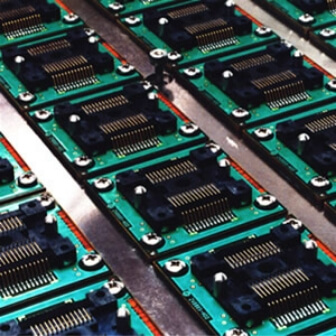




- Opens the Kansai Sales Office (later changes the name to the Kansai branch) in Kobe's Chuo Ward (integrated with the headquarters in April 2020).




- Registers its shares on the Japan Securities Dealers Association OTC market.
- Opens the Oita Technology Laboratory after integrating the Oita Factory and Oita Sales Office.
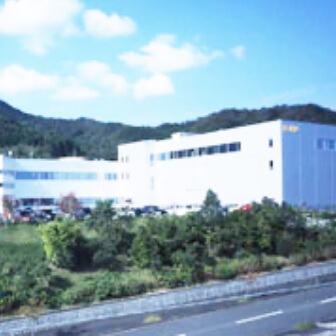




- Relocates the Kumamoto Factory to Mashiki Town, Kamimashiki County, Kumamoto Prefecture and changes the name to the Kumamoto Technology Laboratory (integrated with the Oita Technology Laboratory in September 2012).





- Opens the San Jose Branch Office in San Jose, California, U.S.A.
2000s: Tackling new challenges using MEMS and systems technologies
MJC commercialized a proprietary microelectromechanical system (MEMS) probe card that has made it possible to measure in batch simultaneously for the first time in the world. This technology has also led to a number of other novel technologies, such as automated optical inspection (AOI) equipment for LCDs and semiconductor built-in self-tests (BISTs). MJC also expanded its locations outside Japan in association with increasing overseas sales.
- *1 AOI (Automated Optical Inspection)
- *2 BIST (Built-In Self-Test)




- Opens the Aomori Matsuzaki Factory in Hiraka Town (now Hirakawa City), Aomori Prefecture.
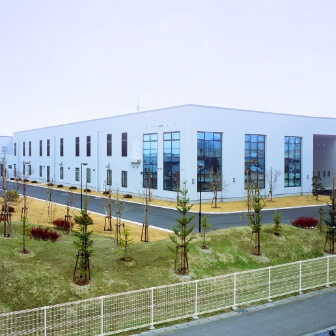




- Establishes MJC Microelectronics (Shanghai) Co., Ltd. as a subsidiary in China.
- Establishes MDK Co., Ltd. as a subsidiary in South Korea (merged with MEK Co., Ltd. in June 2011).




- Opens the Ibaraki Technology Laboratory in Makabe District (now Chikusei City), Ibaraki Prefecture (integrated with Aomori Factory in November 2011).
- Establishes Taiwan MJC Co., Ltd. as a subsidiary in Taiwan.
- Commercializes AOI equipment for LCDs.
- Lists on the JASDAQ Securities Exchange.
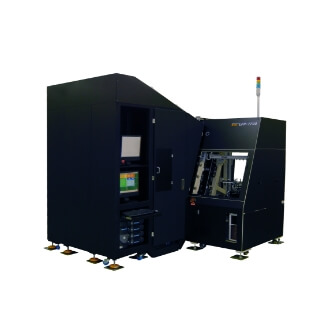




- Successfully commercializes the world's first 8-inch full wafer contact probe card.
- Establishes CHINA MJC CO., LTD. as a subsidiary in China.
- Commercializes a semiconductor BIST tester.
- Obtains KES Environmental Management System certification.
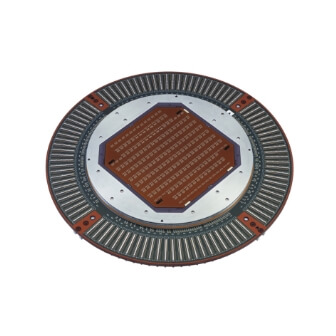
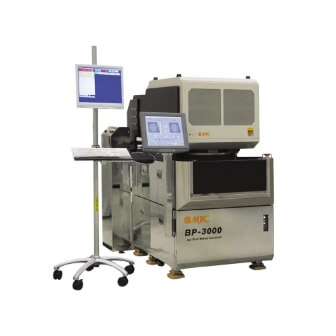




- Establishes MJC Electronics Corporation as a subsidiary in Texas, U.S.A.
- Establishes MJC Techno Co., Ltd. as a subsidiary in Mitaka City, Tokyo.




- Expands facilities at the Aomori Factory.
- Establishes MJC Europe GmbH as a subsidiary in Saxony, Germany.




- Establishes MEK Co., Ltd. as a subsidiary in Bucheon, Gyeonggi Province South Korea.
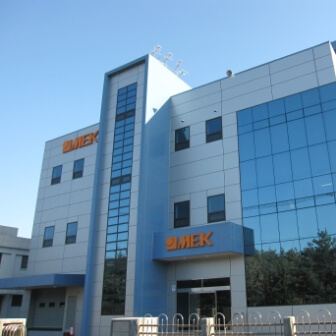
2010~: Pursuing new growth based on a robust corporate structure
MJC will continually pioneer new applied fields for its core technologies, while strengthening its corporate structure in pursuit of sustainable growth.




- Acquires ISO 9001 and ISO 14001 certification for all of its domestic factories.
- Develops a thin-film photovoltaic (PV) cell testing system and a wafer testing system for PV cells.
- Becomes listed on the JASDAQ market of the Osaka Securities Exchange following the merger of the JASDAQ Securities Exchange and the Osaka Securities Exchange.




- Establishes MJC Microelectronics (Kunshan) Co., Ltd. as a subsidary in Jiangsu Province, China.
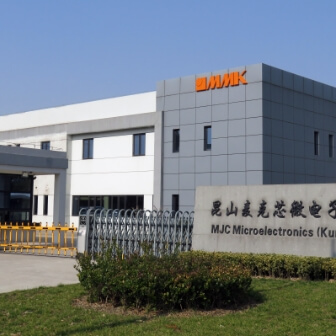




- MJC shares are listed on the TSE's JASDAQ market following the merger of the Tokyo Stock Exchange and Osaka Securities Exchange.




- Establishes a business tie-up between Taiwan-based GPM and its LCD system business.
- Changes stock market listing to the First Section of the Tokyo Stock Exchange.
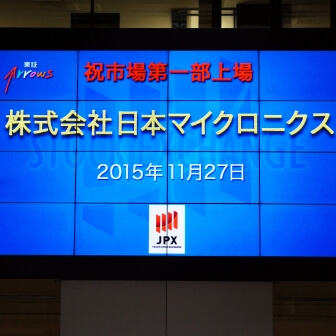




- Establishes MJC Electronics Asia Pte. Ltd.as a subsidiary in Singapore.




- Absorbs and mergers with MJC Techno Co., Ltd.




- Changes the fiscal year-end from September to December.




- Changes stock market listing to the Prime Market of the Tokyo Stock Exchange following the market restructuring of the Tokyo Stock Exchange.
- Unveiled new building in Aomori Factory.




- Established Sustainability Promotion Office and Sustainability Advisory Committee to drive sustainability efforts.
- New factory of Korean subsidiary completed.
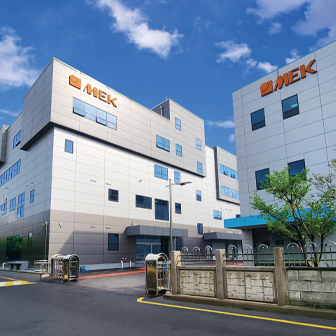




- Revision of Corporate Philosophy and Establishment of Sustainability Policy.


